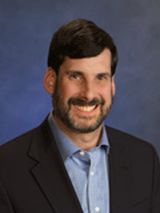

By KATHRYN P. DEROSE and REV. MICHAEL A. MATA
As Christians experienced Holy Week 2020, the week commemorating the trial, suffering, and death of Jesus, the somber tone such remembrances evoke took on new meaning in the midst of the COVID-19 epidemic with the catastrophic loss of life and livelihoods. Many churches remained physically closed, some already outfitted with sophisticated systems for live streaming and others scrambled, along with their congregants, to create meaningful virtual worship and fellowship opportunities. Finding ways to maintain physical distancing while still providing social and spiritual connections.
These challenges face people of other faiths as well since the current guidance regarding social distancing affected those observing Passover, April 8-16 and will likely affect Orthodox Easter, April 19 and Ramadan, which will start April 23.
Maintaining social and spiritual connections in the midst of COVID-19 are not the only challenges facing our communities of faith. For centuries if not longer, religious congregations have played critical roles in providing and supporting social services within communities. There are over 345,000 religious congregations in the US of various faiths and denominations and, despite declining rates of religious affiliation and attendance, national surveys still find a sizeable proportion – about 45% – of all adults report attending religious services at least monthly. Religious congregations play even more important roles in particular subgroups, such as low-income communities and among certain racial-ethnic minority groups and immigrants, the elderly, and other vulnerable groups, making faith-based organizations critical to the COVID-19 response in the short and long terms.
Continue reading…













